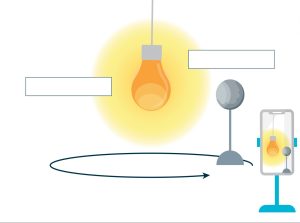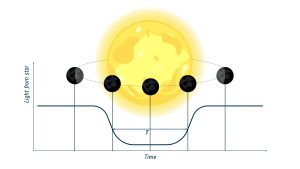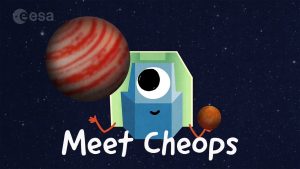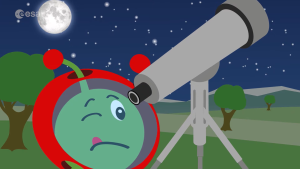
Video: The 5 Ws of Exoplanets with Didier Queloz
Brief description: Astrophysicist and Nobel Prize Laureate Didier Queloz answers the who, what, where, when and why of exoplanets in this 3-part series (part 2


Brief description: Astrophysicist and Nobel Prize Laureate Didier Queloz answers the who, what, where, when and why of exoplanets in this 3-part series (part 2

Brief description: During these activities, students will work in small groups to model the transit of an exoplanet in front of its host star using

Brief description: In this set of activities, students will learn how scientists study exoplanets with satellites like Cheops (CHaracterising ExOPlanet Satellite), using the transit method.

Brief description: In this set of activities students will learn how scientists study exoplanets with telescopes, using the transit method. Students will characterise exoplanets using

Brief description: Find out how Cheops, the CHaracterising ExOPlanet Satellite, is going to investigate distant planets orbiting stars other than the Sun to discover what

Brief description: Join Paxi, ESA Education’s friendly alien mascot, on a trip beyond our Solar System to explore exoplanets. In this video, targeted at children